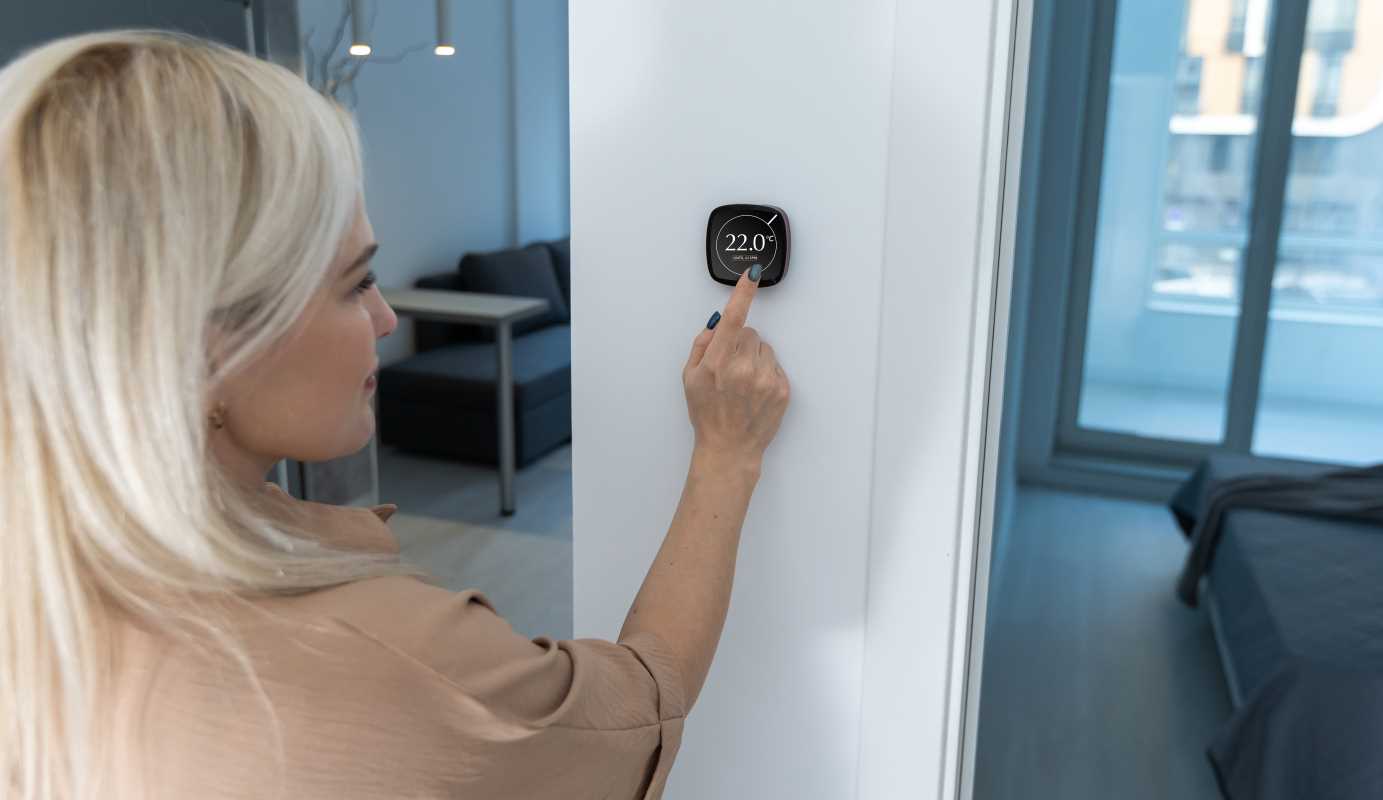Smart devices can bring comfort and convenience to every corner of your home. Lights adjust as you enter a room, music starts just when you need a burst of energy, and security features work quietly in the background. When you connect technology with your daily habits, you gain extra moments for family breakfasts, creative projects, or relaxed movie nights where no one has to search for a remote. Discover how blending routine tasks with helpful tech can simplify chores and schedules, making each day run more smoothly while giving you more time to enjoy the things you love most.
In this guide, you’ll explore perspectives that shed new light on daily tasks and step-by-step actions that make them real. You’ll find simple setups, insider tips, and fresh perspectives that go beyond typical advice. Embrace solutions designed for real families, focusing on ease, customization, and even a touch of fun.
New Ways to Manage Household Rhythms
- Custom mood mapping: Instead of preset “scenes,” connect device responses to natural triggers like sunrise or the sound of the coffee maker. This approach encourages organic habits—set lights to warm tones as the kettle boils. All you need is a smart bulb, voice assistant setup, and a simple rule in its companion app, making mornings feel lively rather than automated. Insider tip: name each mood after a family member’s favorite color to personalize triggers.
- Sensory shortcuts: Replace doorbell chimes with tailored notifications linked to routine events. For example, have a soft tone when the laundry cycle ends or a vibration alert for the oven timer. Connect a smart speaker or wearable via the central hub, define custom sounds, then assign each appliance’s status to a unique cue. It provides clarity without noise overload.
- Energy-minded nudges: Set subtle reminders to reduce unnecessary power use—like dimming hallway lights after bedtime. Create a group for frequently used bulbs, schedule them to lower brightness at specific hours, and include a brief voice prompt when someone walks by. This technique maintains comfort and encourages small adjustments without feeling heavy-handed.
- Adaptive cool-down zones: Instead of cooling the entire house, divide temperature control by room sensors. Place a smart thermostat and door sensor in high-traffic areas; program it to lower the setpoint when doors stay closed for 15 minutes. You’ll save energy and keep a cozier atmosphere where it matters most.
Making Tasks Easier with Simple Setups
Morning Briefing Routine
- Purpose: Deliver a spoken summary of schedules and weather through a smart speaker to start each day calmly.
- Steps:
- Connect your smart speaker to the family calendar app.
- Craft a short script highlighting appointments and sunrise times.
- Schedule playback at a fixed hour.
- Test volume levels for clarity.
- Adjust phrasing for engagement.
- Cost/Availability: Most setups cost under $50 in extra modules.
- Tip: Use a distinct voice profile for weekends to keep things lively.
Automated Watering Cycle
- Purpose: Keep plants healthy without constant checks by using a soil-moisture sensor and connected valve.
- Steps:
- Install the sensor in each pot.
- Connect it to the irrigation hub.
- Define a moisture threshold in the app.
- Attach the valve to your water line.
- Activate auto-watering.
- Cost/Availability: Starter kits average around $80.
- Tip: Calibrate sensors each season for accuracy.
Hands-Free Pet Care
- Purpose: Simplify feeding routines with an app-controlled feeder.
- Steps:
- Mount the feeder on a stable surface.
- Fill its hopper and connect it to Wi-Fi.
- Set meal times and portion sizes in the app.
- Test the dispensing mechanism.
- Enable notifications for low food levels.
- Cost/Availability: Kits cost about $70–$100.
- Tip: Record a favorite tune to play before feeding to build pet association.
Lighting Pass-Through
- Purpose: Guide children from homework to bedtime with gradual dimming strips.
- Steps:
- Affix LED strips along hallway edges.
- Sync with a smart hub.
- Create a schedule that starts dimming 30 minutes before bedtime.
- Set color shifts from cool to warm tones.
- Enable manual override via mobile app.
- Cost/Availability: Budget-friendly at about $40 per strip.
- Tip: Choose a neutral white tone to avoid overstimulation.
Voice-Activated Quick Lock
- Purpose: Reinforce home security with a spoken command that locks doors and arms sensors.
- Steps:
- Install a compatible smart lock.
- Enable the voice lock feature in the security app.
- Record a distinct phrase.
- Test recognition from various distances.
- Set a fallback PIN for backup access.
- Cost/Availability: Smart locks start at $120.
- Tip: Schedule automatic locking 10 minutes after sunset for extra peace of mind.
Shared Grocery Lists
- Purpose: Keep meal planning organized with a shared shopping list via smart display.
- Steps:
- Add the shopping skill to your display’s account.
- Invite family members to the list.
- Speak item additions directly on the display.
- Review the list on your phone before heading out.
- Mark items complete as you shop.
- Cost/Availability: Often included at no extra cost with smart displays.
- Tip: Color-code urgent items to make them stand out quickly.
Finding a Balance Between Comfort and Digital Safety
Set privacy zones and use motion-triggered recording to keep monitoring practical and unobtrusive. Rotate passphrases quarterly and enable multi-factor authentication to protect critical devices. With small, thoughtful adjustments, you can enjoy both comfort and security, creating a home that feels peaceful and connected.
 (Image via
(Image via





